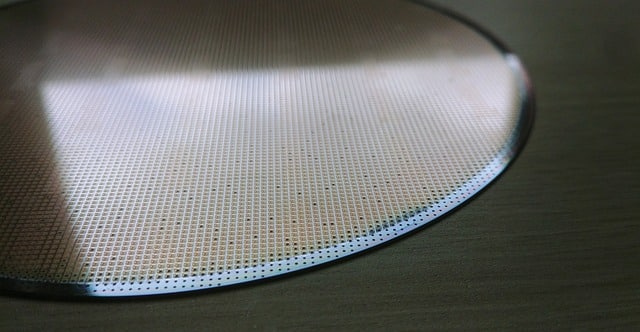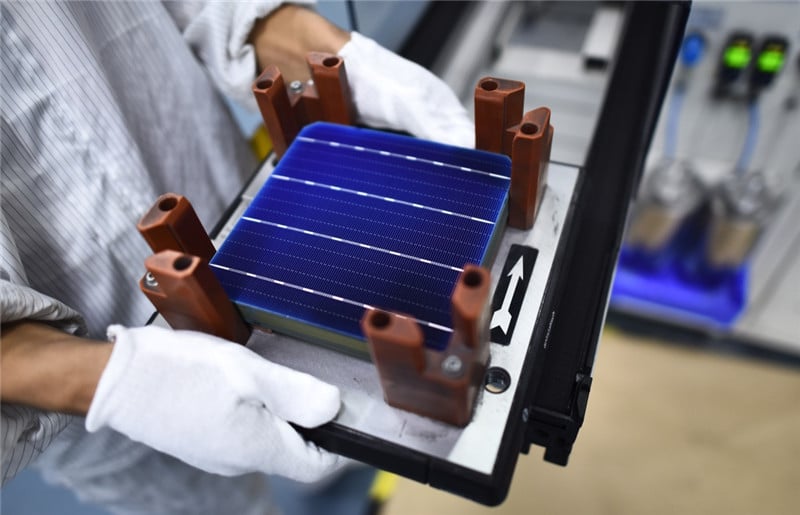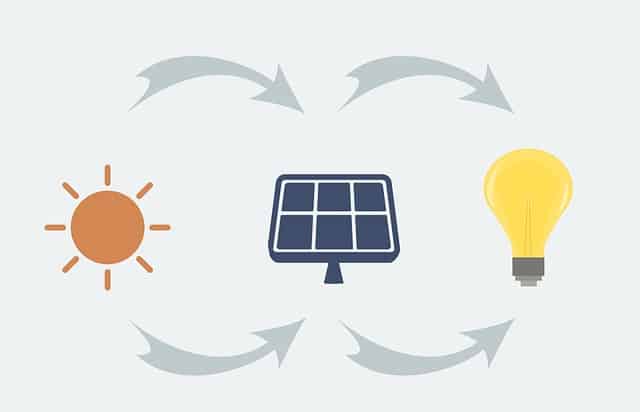How Solar Panels Are Made
Solar panels have become a symbol of sustainable energy and a key player in the global transition towards cleaner power sources. These sleek, rectangular devices quietly convert sunlight into electricity, but have you ever wondered how they are made? Join us on a captivating journey into the world of solar technology as we unveil the intricate process behind creating solar panels.
1. The Solar Cell – The Heart of the Panel
At the core of every solar panel lies the solar cell, often referred to as a photovoltaic (PV) cell. These cells are primarily made from silicon, a versatile and abundant material. The manufacturing process begins with the purification of silicon, removing impurities to ensure the highest efficiency.

2. The Ingots and Wafers
Once purified, the silicon is melted and formed into large cylindrical ingots. These ingots are then sliced into ultra-thin wafers, typically less than 200 micrometers thick. These wafers will serve as the substrate for the solar cells.

3. Solar Cell Production
The wafers undergo a rigorous process to turn them into functional solar cells. Phosphorus is diffused into the top layer of the wafer, while boron is diffused into the bottom layer, creating a semiconductor structure. An anti-reflective coating is applied to minimize light reflection, maximizing the amount of sunlight absorbed.

4. Cell Interconnection
Solar cells are usually wired together in a specific pattern to form a solar module. Conductive metal ribbons are used to interconnect the cells, allowing the flow of electricity between them. This connection process is crucial for efficiency and reliability.
5. Encapsulation
To protect the delicate solar cells from the elements, they are sandwiched between layers of tempered glass and a polymer backsheet. The tempered glass is incredibly durable and provides excellent protection against weather, while the backsheet prevents moisture from penetrating the module.
6. Framing and Junction Box
The encapsulated solar cells are then placed in a sturdy aluminum frame. This frame provides structural support and facilitates the installation of the solar panel. Dessutom, a junction box is attached to the back of the panel, allowing for the connection of multiple panels and the routing of electrical cables.

7. Quality Control and Testing
Before leaving the manufacturing facility, each solar panel undergoes rigorous quality control and testing. This includes measuring its electrical output, inspecting for defects, and ensuring that it meets industry standards. Panels that pass these tests are ready for installation.
8. Installation och integration
Once the solar panels are manufactured, they are transported to installation sites. Solar panels can be installed on rooftops, in solar farms, or as part of integrated building designs. They are positioned to capture as much sunlight as possible, usually facing south for maximum efficiency.
9. Generating Clean Energy
När den är installerad, solar panels begin converting sunlight into electricity through the photovoltaic effect. When sunlight strikes the solar cells, it excites electrons, creating an electrical current. This direct current (DC) is then converted into alternating current (AC) av en växelriktare, making it usable for powering homes, företag, och rutnätet.

Solar panels have come a long way since their inception, and advancements in technology continue to improve their efficiency and affordability. As we witness the increasing adoption of solar energy worldwide, understanding how solar panels are made helps us appreciate the innovation, precision, and dedication that go into producing these eco-friendly power generators. The fascinating journey into solar technology highlights the role these panels play in reducing our carbon footprint and shaping a more sustainable future.
Kontakta oss via WhatsApp/ e-post, eller fyll i formuläret, och vi kontaktar dig så snart som möjligt
